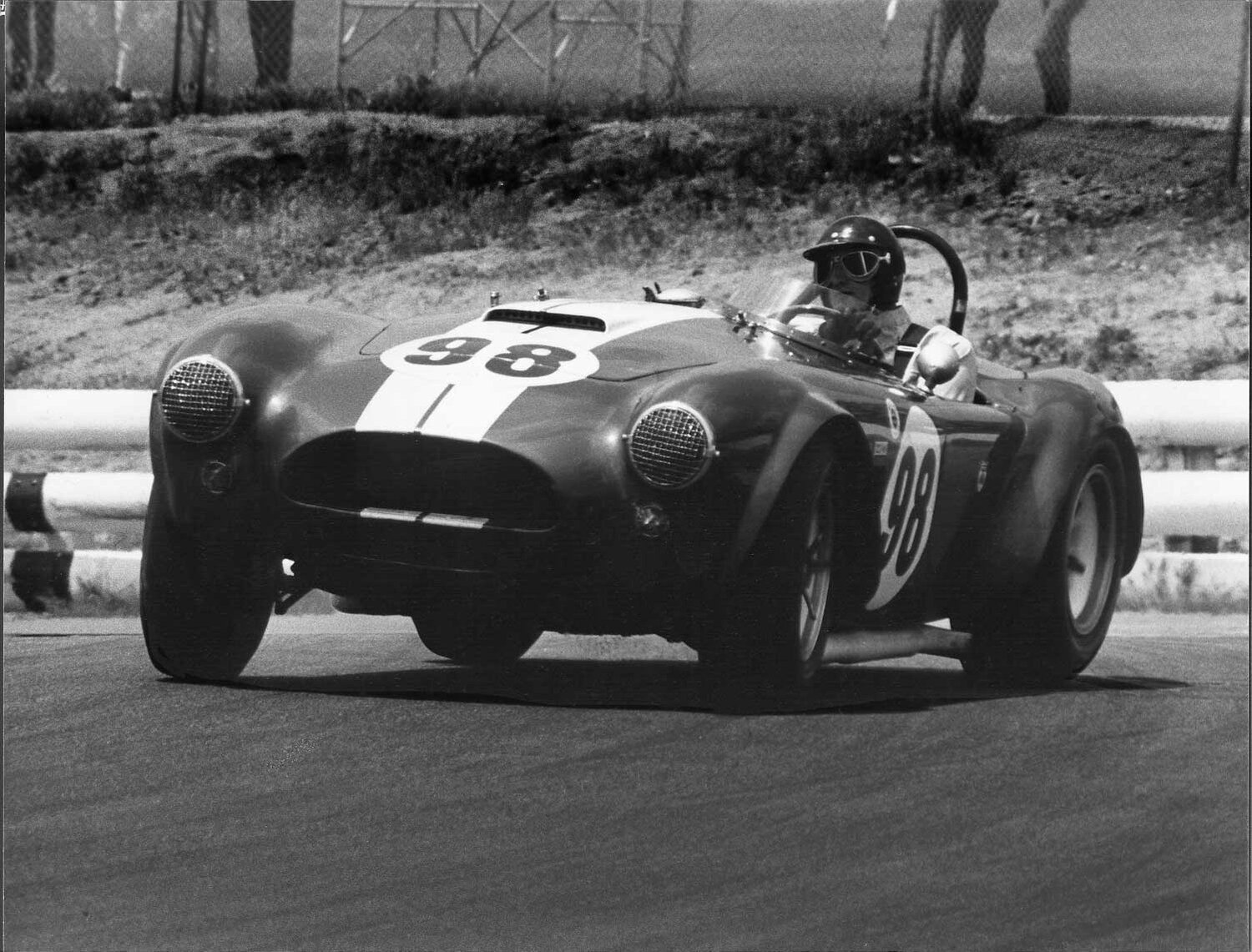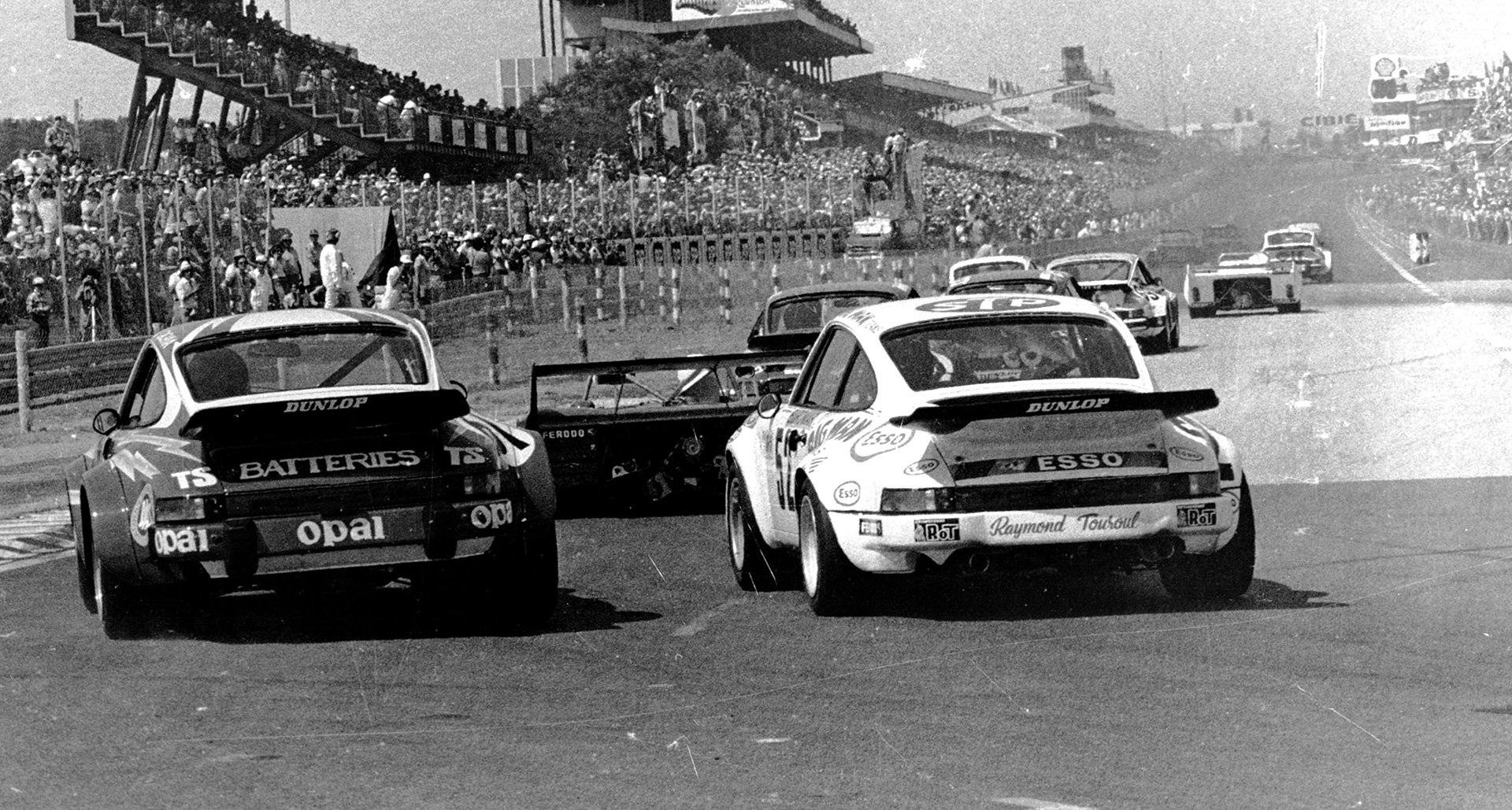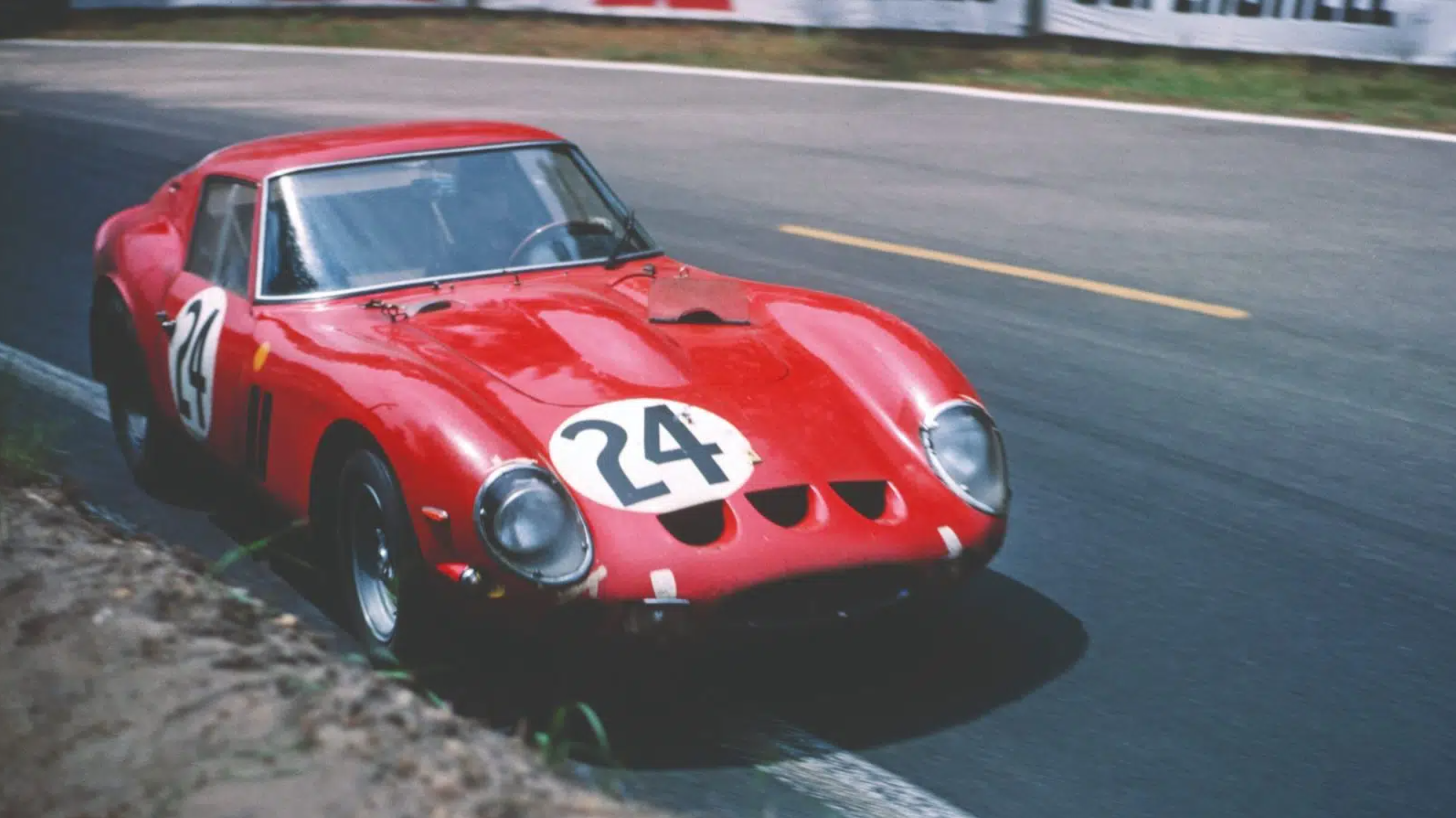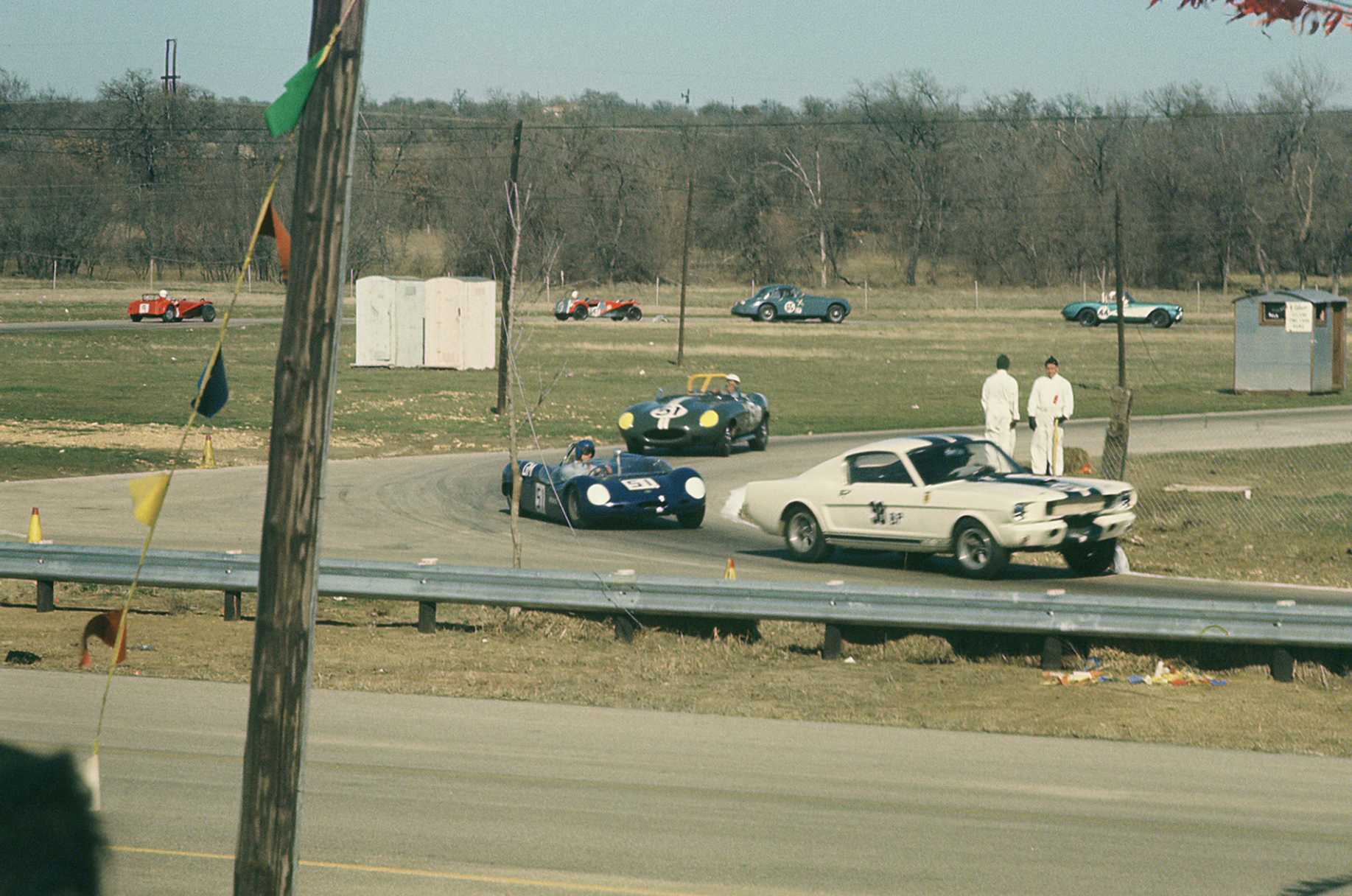FIA Group 3
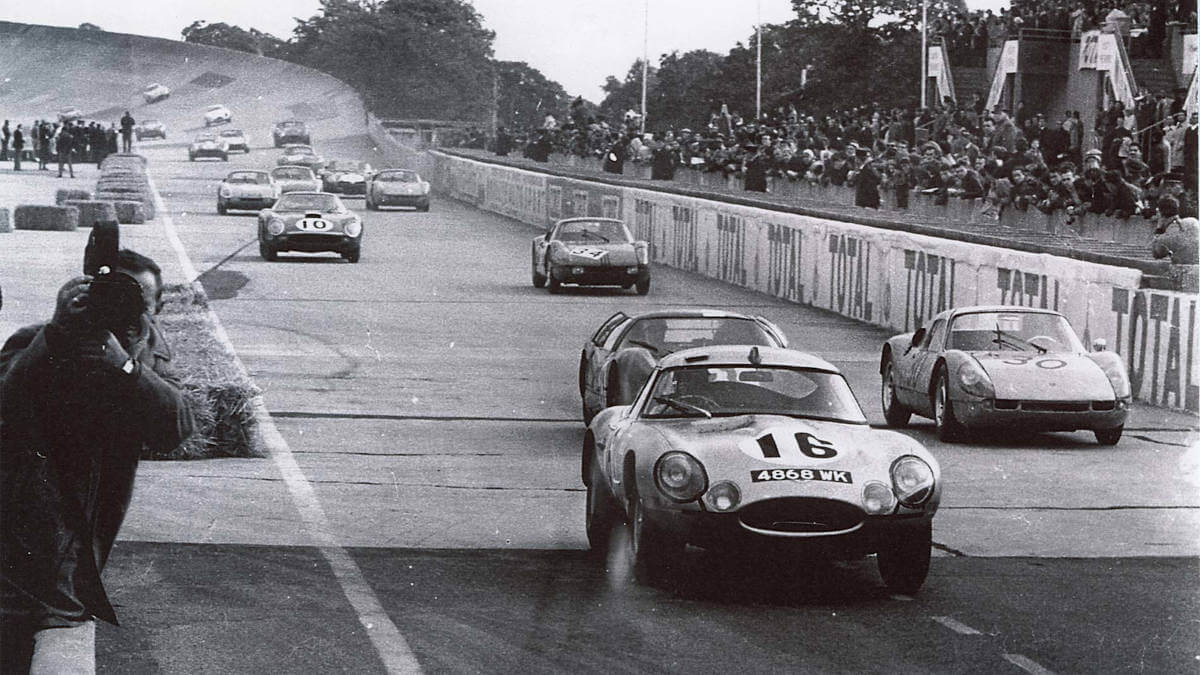
About this group
Discover the history
The Fédération Internationale de l’Automobile (FIA) introduced Group 3 regulations to define and govern Grand Touring (GT) cars in motorsport. Established in 1957, Group 3 underwent several revisions until its conclusion in 1981, reflecting the evolving landscape of automotive engineering and racing. These regulations aimed to create a competitive platform for production-based sports cars, ensuring that vehicles participating in races were closely aligned with their road-going counterparts.
Origins and Evolution (1957-1965):
The inception of Group 3 can be traced back to 1954 when the FIA issued “Appendix J,” outlining regulations for Touring and GT cars. By 1957, the term “Group 3” was officially in use, designating the category for Grand Touring cars. To qualify for homologation under Group 3, manufacturers were initially required to produce a minimum of 100 identical units within a 12-month period. This production threshold was established to ensure that the racing cars remained true to their production origins, promoting competition among vehicles that consumers could realistically purchase.
During this period, the FIA introduced the GT Cup in 1960, elevating the prominence of GT cars in the World Sports Car Championship. The GT category became a focal point in various racing events, with manufacturers striving to showcase the performance and reliability of their production models on the track. The emphasis was on vehicles that offered a blend of performance, comfort, and style, embodying the essence of Grand Touring.
Technical Specifications and Homologation Criteria:
Group 3 regulations mandated that cars retain the essential characteristics of their production versions. Modifications were limited to ensure that the vehicles remained representative of what was available to the public. Key technical specifications included:
- Engine: The configuration had to mirror the production model, including aspects like cylinder count, bore and stroke dimensions, and the arrangement of camshafts. While internal components could be refined for durability and performance, the overall architecture was to remain unchanged.
- Chassis and Bodywork: The chassis had to maintain the same wheelbase and track width as the production car. Bodywork modifications were restricted to minor alterations necessary for safety or the addition of essential racing equipment. The silhouette and fundamental design elements were to be preserved, ensuring the car’s identity remained intact.
- Interior and Amenities: The interior was required to retain standard fittings, including seats and trim. However, safety enhancements such as roll cages and harnesses were permitted. The inclusion of comfort features underscored the GT philosophy of combining performance with luxury.
These stringent criteria ensured that Group 3 cars were not only competitive on the track but also closely mirrored the vehicles available to consumers, maintaining the integrity of the Grand Touring ethos.
Transition and Revisions (1966-1969):
In 1966, the FIA revised the Group 3 regulations, increasing the minimum production requirement to 500 units. This change aimed to further solidify the connection between racing vehicles and their production counterparts, ensuring that manufacturers committed to producing a substantial number of units before homologation. Consequently, models like the Ferrari 250 GTO and Porsche 904, which had been homologated under the previous Group 3 rules, were reclassified into the new Group 4 Sports Car category, which had a lower production requirement of 50 units.
During this era, the International Championship for GT Manufacturers was discontinued, and GT cars began competing alongside Group 4 Sports Cars and Group 6 Prototype-Sports Cars in the International Championship for Makes. This integration highlighted the versatility and performance of GT cars, as they contended with more specialized racing machines on diverse circuits.
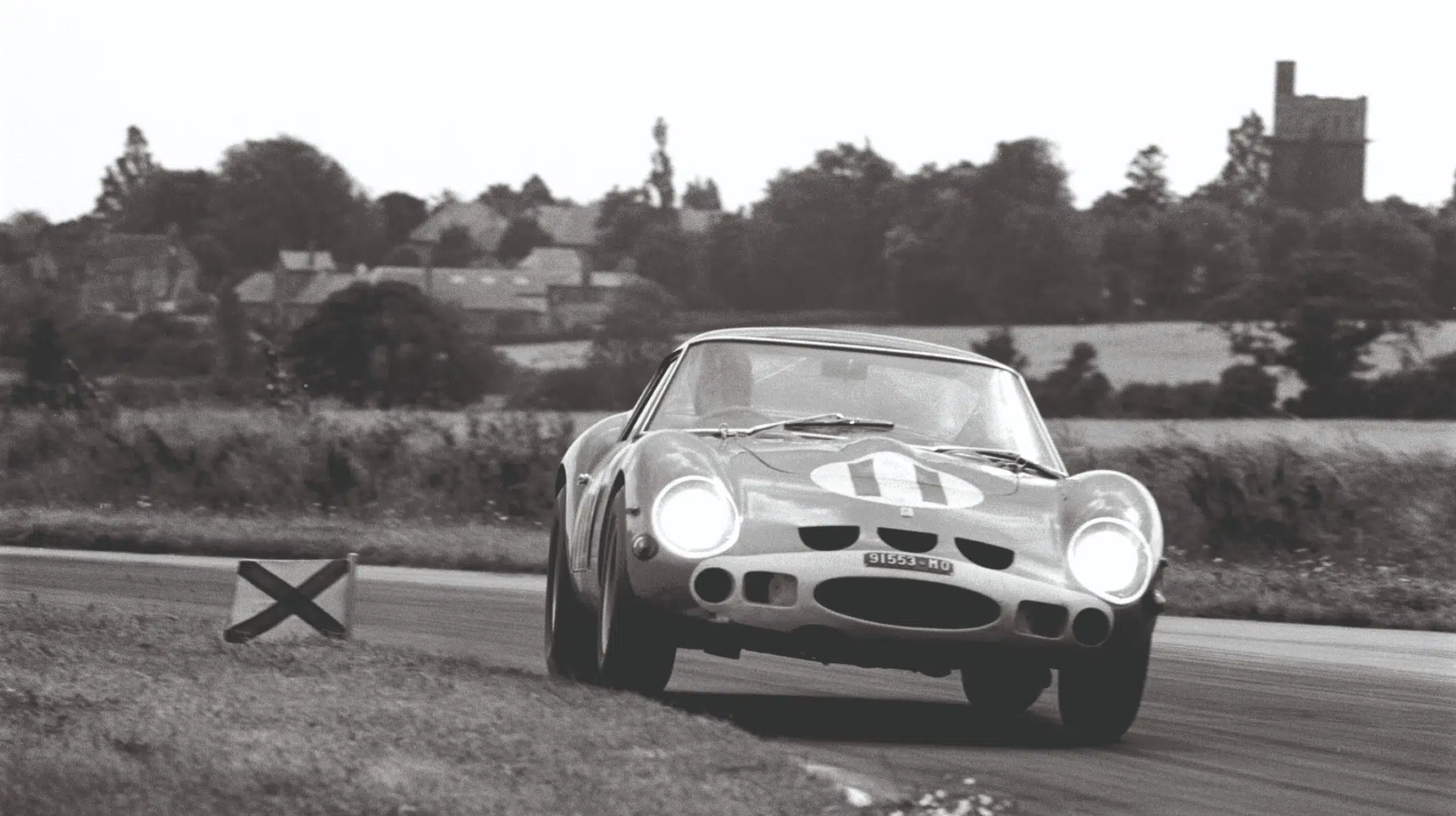
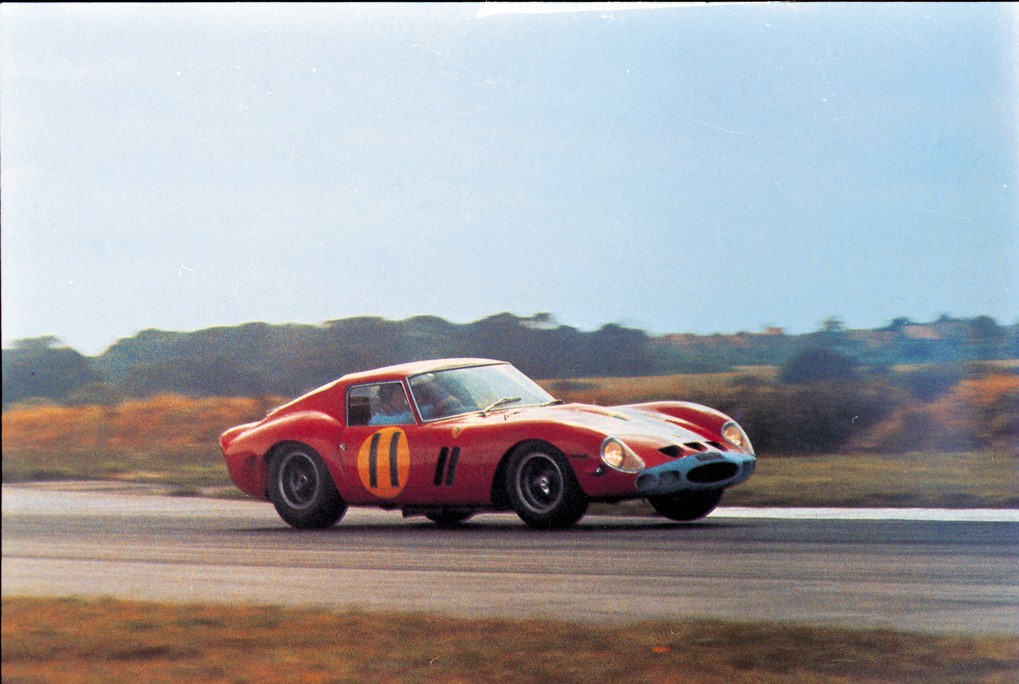
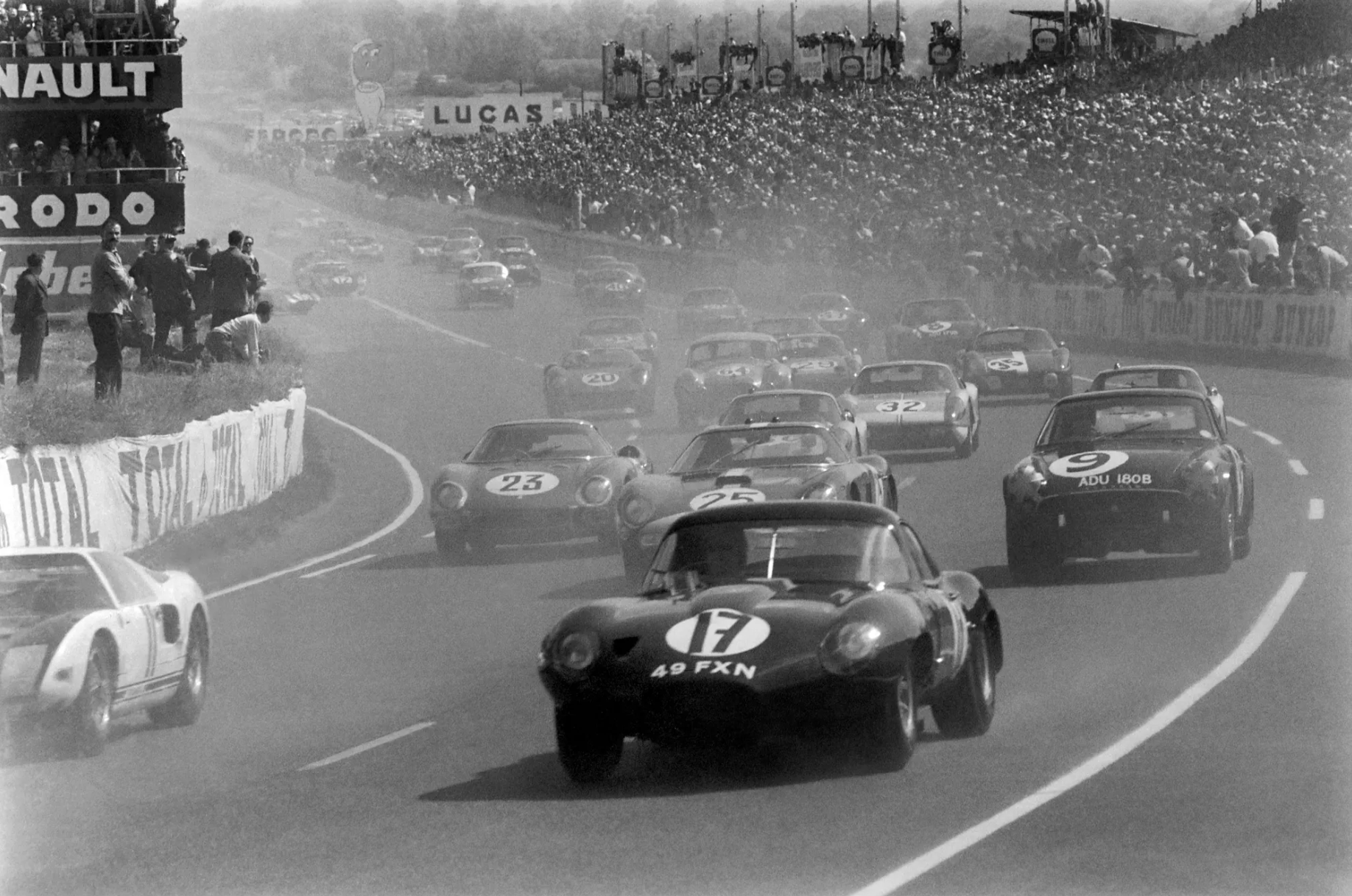
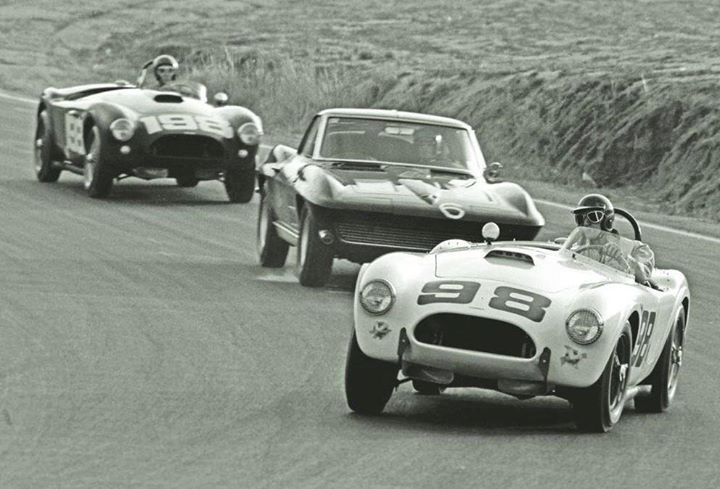
Final Phase (1970-1981):
The 1970s brought further evolution to Group 3. The category was redefined as Series Production Grand Touring Cars, with the minimum production number raised to 1,000 units. This adjustment was reflective of the automotive industry’s growth and the increasing feasibility of higher production volumes. The emphasis remained on vehicles that offered a harmonious blend of performance and everyday usability, staying true to the Grand Touring philosophy.
Group 3 cars continued to participate in the World Championship of Makes, competing against Group 4 Special Grand Touring Cars and Group 5 Special Production Cars. The competition was fierce, with manufacturers striving to balance performance enhancements with the need to adhere to production-based regulations. This period saw the rise of iconic models that left a lasting impact on both motorsport and consumer markets.
In 1981, the FIA concluded the Group 3 category, transitioning to new classifications in the subsequent years. The legacy of Group 3, however, remains significant, as it fostered a closer relationship between production vehicles and motorsport, influencing car design and engineering philosophies for decades to come.
Notable Group 3 Cars:
- Ferrari 250 GTO: Introduced in 1962, the 250 GTO was designed to compete in GT racing and quickly became one of Ferrari’s most celebrated models. Its blend of aerodynamic design, a 3.0-liter V12 engine, and impeccable handling made it a formidable competitor on the track and a highly coveted collector’s item.
- Porsche 911 Carrera RS: Launched in 1973, the Carrera RS featured a 2.7-liter flat-six engine and was developed specifically for racing homologation. Its lightweight construction and performance-oriented design solidified its status as a racing icon and a benchmark for future 911 models.
- Chevrolet Corvette C2 Sting Ray: Produced between 1963 and 1967, the C2 Corvette Sting Ray was Chevrolet’s entry into the GT racing scene. With its distinctive design and powerful V8 engine options, it achieved success in various racing events and enhanced the Corvette’s reputation as a high-performance sports car.
- Jaguar E-Type Lightweight: In 1963, Jaguar developed a limited number of Lightweight E-Types specifically for competition. These cars featured aluminum bodies and a tuned 3.8-liter inline-six engine, offering improved performance and reduced weight compared to the standard E-Type.
- Shelby Cobra 289: A collaboration between Carroll Shelby and AC Cars, the Shelby Cobra 289 combined a lightweight British chassis
